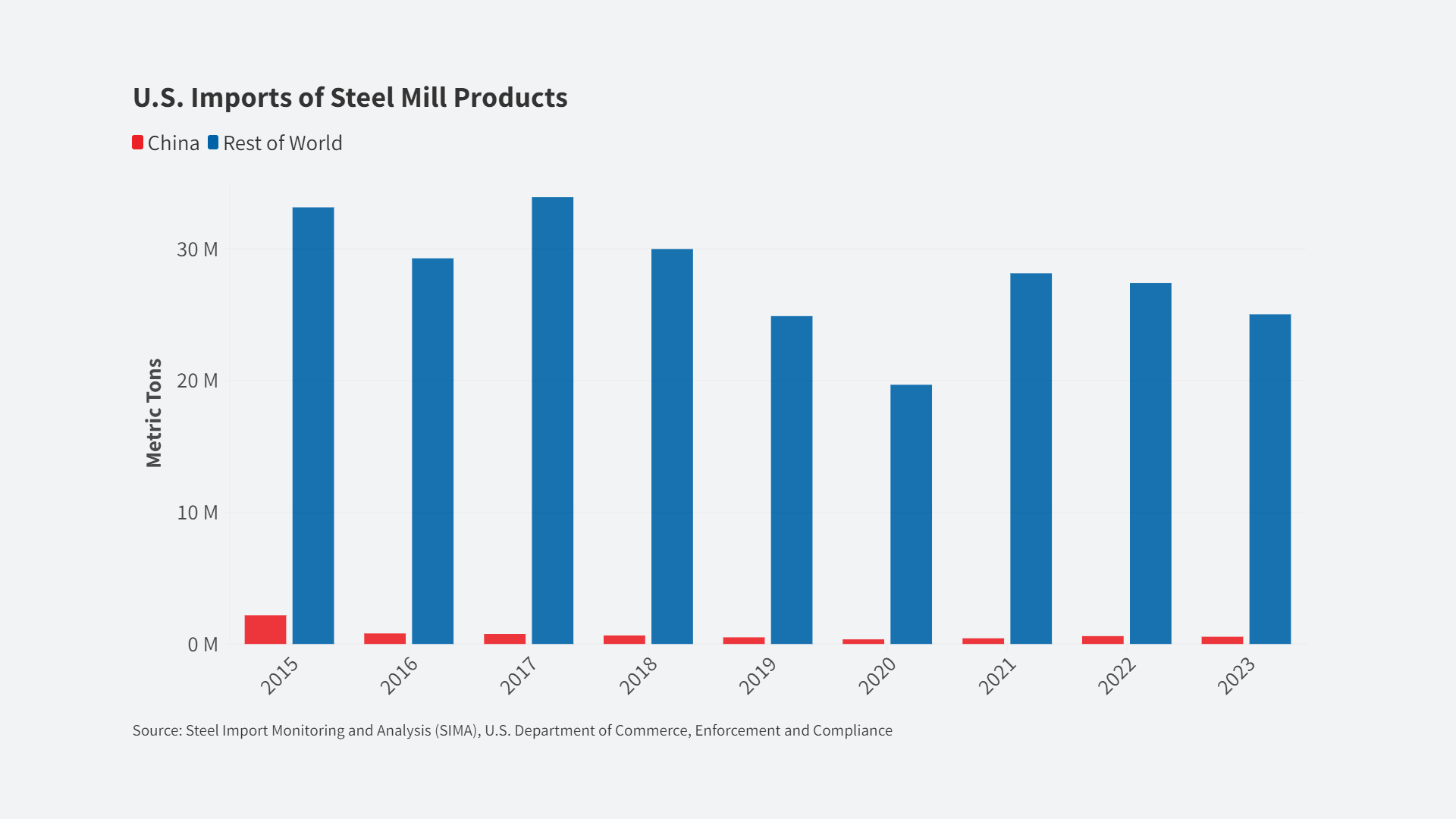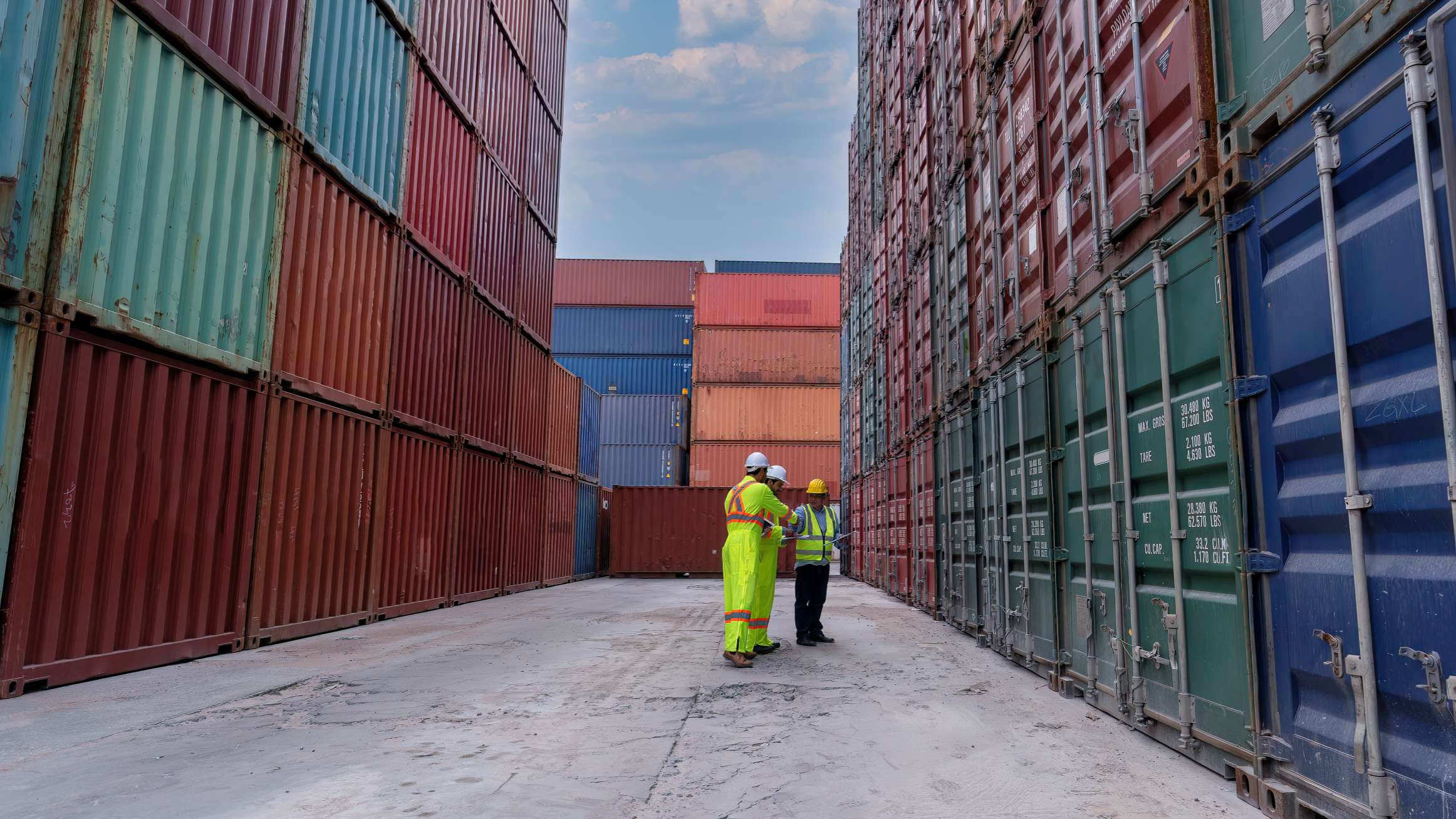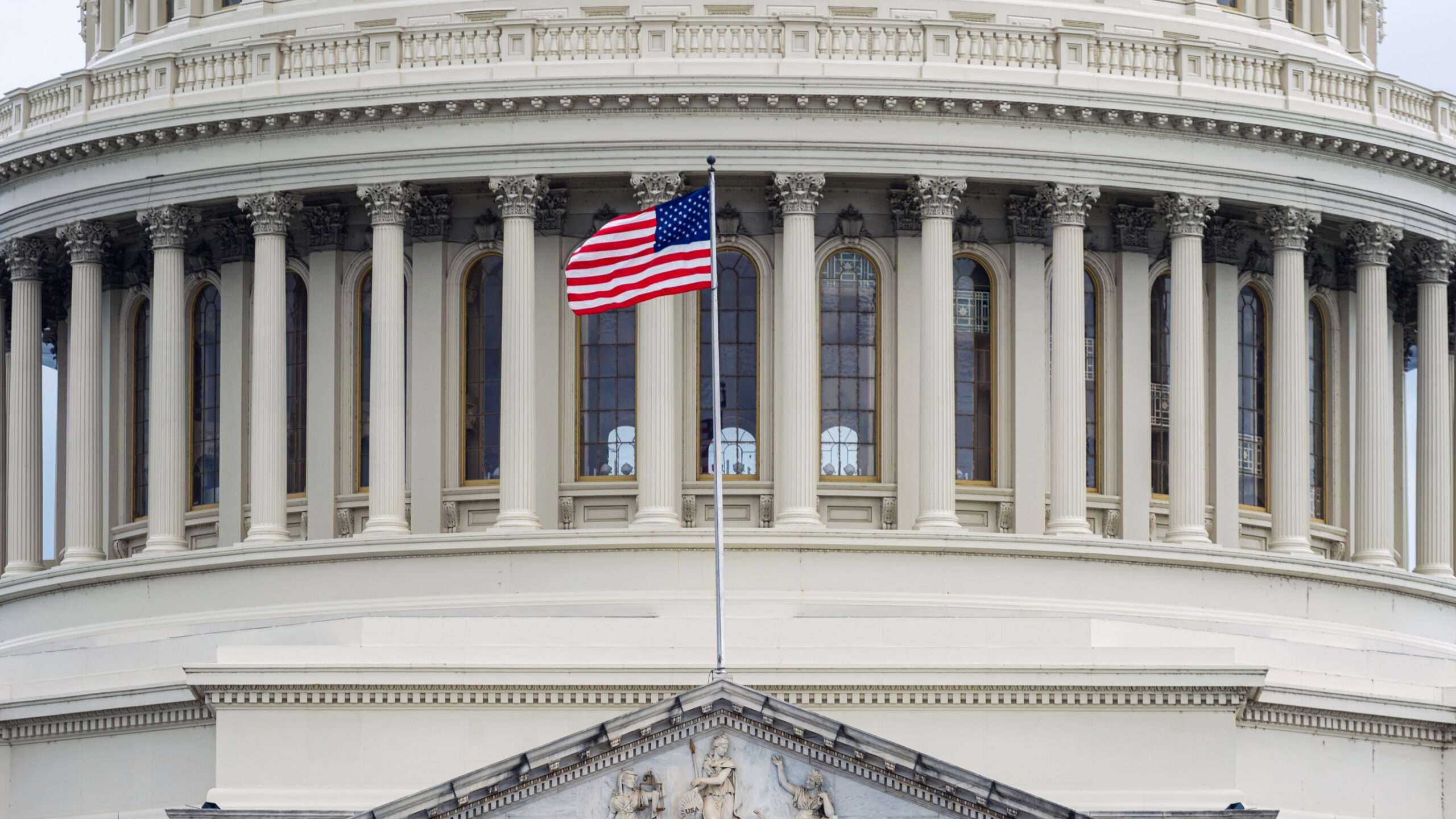
Chinese firms build, acquire parts plants as toehold in mature markets; Malibu door handles
A two-year-old factory near Kansas City gives a good look at China’s strategy for becoming a global force in autos.
[by Colum Murphy in Shanghai and Jeff Bennett in Riverside, MO | September 18, 2015 | Wall Street Journal]
The Riverside, Mo., plant’s operator is controlled by China’s No. 1 auto maker, but the factory doesn’t build cars. Its about 200 workers assemble door handles, center consoles and other parts that ship to a nearby General Motors Co. factory, which fits them into Chevrolet Malibu sedans.
Beijing’s industrial planners have identified car-parts plants like this as a vehicle into the world’s auto markets. By first learning to make and sell car parts in markets like the U.S., leaders in China’s auto industry say, companies can then use the lessons to move on to selling cars overseas.
“By running factories there and hiring local people” in the U.S., says Dong Yang, a vice president of the government-backed China Association of Automobile Manufacturers, “it will pave the way for the Chinese to build and sell cars there ultimately.”
The Riverside plant’s parent is a subsidiary of SAIC Motor Corp. , China’s biggest auto maker by sales according to the auto association. SAIC, which is a joint-venture partner with GM in China, doesn’t sell cars in the U.S., but its Yanfeng Automotive Trim Systems Co., which runs the Missouri plant, has emerged as a significant car-parts presence in the U.S. since entering in 2010.
Yanfeng has won contracts for the Malibu and Fiat Chrysler Automobile NV’s Grand Cherokee. It built the Riverside plant in 2013 and plans another in Tennessee to supply Volkswagen AG ’s Chattanooga factory. It bought control of Johnson Controls Inc. ’s interiors unit this year and its $8.5 billion in 2014 revenue, including that unit’s revenue, outpaced those of U.S. companies that until recently dwarfed it, including Tenneco Inc. and BorgWarner Inc.
Other Chinese companies have built factories or made acquisitions in the U.S. to supply parts such as steering systems, windshields, seals and batteries. In the U.S., “I think there are opportunities for even the small parts makers” from China, says David Wang, Yanfeng’s deputy general manager of the Americas. “As for a Chinese auto maker coming here? Perhaps one day, but I don’t see that happening any time soon.”
For decades, China has harbored ambitions to be an auto powerhouse rivaling Japan. But it is taking a detour from the Japanese model.
Firms like Toyota Motor Corp. gained toeholds overseas by exporting cars. Later, they built auto-assembly plants outside Japan. Their parts suppliers followed, often building factories nearby.
Chinese auto makers haven’t made that first step in mature auto markets like the U.S. When Zhejiang Geely Automobile Co. displayed a car at the 2006 North American International Auto Show, its executives boasted the four-door could sell for under $10,000 in America. Chery Automobile Co., in 2007, had plans to bring vehicles to the U.S. But Geely, Chery and other Chinese auto makers still don’t sell cars in the U.S.
A spokesman for Geely says it doesn’t have short-term plans to sell cars in the U.S. but is teaming with Volvo Car Corp., owned by Geely’s parent holding company, to develop a platform for cars that “will be exported to the U.S. one day.” Chery didn’t respond to inquiries.
Chinese car companies do make and sell cars in markets such as Russia, Egypt, Ukraine and Thailand. But the Chinese government’s big thrust is to subsidize its auto industry’s move into parts. In its latest guidelines for China’s auto industry, in 2009, the National Development and Reform Commission, China’s top economic-planning agency, required the country’s auto-parts makers to go all out to enter the global purchase network.
Chinese car-parts makers have built dozens of production lines in the U.S. and elsewhere, sometimes using buildings previously housing domestic companies’ manufacturing lines. This year, for example, Fuyao Glass Industry Group Co. began making windshields in Moraine, Ohio, in a facility GM closed in 2008.
And Chinese firms are buying into parts via acquisitions. The value of China’s acquisition deals abroad in the auto-parts sector grew to $733 million last year from $125 million in 2013, according to data provider Dealogic. The 2015 figure as of July was about $9 billion, which included a $7.7 billion bid for Italian tire maker Pirelli & C. SpA.
“They’re a small but growing presence in the market,” says Patrick Steinemann, co-head of Asia Industrials at Bank of America Merrill Lynch, who estimates Chinese buyers accounted for about 5% of global deals in auto parts last year. He says China’s share of such deals could be as much as 25% in a decade.
Low-margin appetite
In the U.S., Chinese makers have often moved into relatively low-tech parts such as steering systems, window glass and trim panels—the types of components some U.S. parts makers have been abandoning as they move toward higher-tech components with better profit margins.
Chinese companies’ willingness to pick up what are often low-margin parts has played to their manufacturing strengths, says Mark Wakefield, managing director of the automotive practice for consulting firm AlixPartners LLP. And they are using these operations, he says, to learn how to build world-class parts.
A Chinese government official involved with auto policy says: “Chinese parts makers are not competitive at all because of a lack of technology and brands. Overseas acquisition is the shortcut to help them join the global supply system.”
It will take years to see if China’s strategy works. China is still a relatively small parts player in the U.S. and other mature markets. Yanfeng, for example, is the world’s No. 26 supplier by revenues, according to Automotive News’ annual ranking, and its $8.5 billion in 2014 sales were a fraction of Robert Bosch GmbH’s $44 billion and Magna International Inc. ’s $36 billion.
While Chinese firms have relations with global auto makers at home, “they still have to earn the business in other places like the U.S., and that means going against some hard competition,” says IHS Automotive analyst Michael Robinet. “It’s not just who can save the auto maker money.”
China’s recent move to devalue its currency may have some impact on its auto-parts makers. A weakening yuan will increase acquisition costs for Chinese companies, says Zhang Junyi, a partner at Roland Berger Strategy Consultants. In the short run, the yuan’s weakness will increase the competitiveness of Chinese exports, including auto parts. But if the decline continues, foreign manufacturers will likely move some facilities to China, he says, which “will intensify the competition and squeeze the share of Chinese auto-parts makers.”
One of China’s earliest major U.S. investments was in 2010, when Pacific Century Motors, controlled by Aviation Industry Corp. of China and an investment arm of Beijing city, bought GM’s Nexteer steering-systems unit for about $450 million.
Nexteer now supplies systems to GM, Toyota, Ford Motor Co. and others. Its chief operating officer, Laurent Bresson, says it operates 20 manufacturing plants globally and that 2014 revenue was $2.97 billion, a 24% increase from 2013. Mr. Bresson says the company, whose shares trade on the Hong Kong stock exchange, is on the hunt for acquisitions.
This year, Chinese companies have agreed to buy U.S. companies including Henniges Automotive Holdings Inc., which makes parts such as door seals, and Delphi Automotive PLC’s automotive antenna and reception-systems business.
The parts strategy is playing out beyond the U.S. The highest profile deal came in March, when state-run China National Chemical Corp. agreed to pay $7.7 billion for Pirelli. The ChemChina unit planning the pending acquisition is one of China’s largest tire makers, and the deal could give it new technology and greater access to global markets.
ChemChina’s chairman, Ren Jianxin, told reporters following the acquisition that it is committed to upholding Pirelli’s autonomy and reputation for quality as it looks to expand the brand in Asia.
Ningbo Joyson Electronic Corp. , whose products include driver and climate controls, in 2011 acquired German car-controls maker Preh GmbH for around $103 million, according to Dealogic. As a result, Joyson got many orders from global car makers, says Joyson’s chief executive, Wang Jianfeng. This year, the Zhejiang province company is eyeing North America.
“We have to go international,” Mr. Wang says. “If we stay in China, we can’t develop.”
Next-door advantage
The Chinese have shown willingness to move fast in opening plants close to U.S. car makers, says Mr. Robinet, the IHS analyst. “We think their products and the willingness to go out and build factories next to assembly plants give them an advantage,” he says. “Unlike the U.S. and Japan, it appears the Chinese suppliers have deeper pockets so they don’t let cost mire their decision making.”
To supply a nearby GM plant, glassmaker Fuyao this year began making windshields at its Ohio plant. It also produces windshields on a line in Orion Township, Mich., near another GM factory.
Fuyao, one of China’s largest auto-glass suppliers, also supplies Chinese joint ventures with Volkswagen and sells to BMW AG and Porsche AG. Fuyao also has a car-glass production facility in countries such as Russia. It acquired two Illinois production lines in August 2014. Fuyao directed inquiries to a statement on its website saying the U.S. investment demonstrates its determination to become an internationalized company.
Some Chinese parts makers are expanding into higher tech, including Wanxiang Group Corp., China’s No. 1 car-parts company by some measures. It had already become a big supplier of parts like universal joints, drive shafts and brake discs it makes in the U.S., and in 2013 it bought Massachusetts auto-battery maker A123 Systems Inc.
The Hangzhou company last year paid $149.2 million for plug-in-hybrid maker Fisker Automotive Inc. Under Wanxiang, a Fisker spokeswoman says, the company has signed a deal to lease a Moreno Valley, Calif., factory where it will begin building plug-in electric hybrid vehicles in 2016.
The Riverside factory that supplies the Malibu door handles traces the arc of China’s approach to the U.S. Its operator, Yanfeng, is a unit of Huayu Automotive Systems Co. , in which auto maker SAIC owns a controlling interest.
While SAIC mostly sells cars in China, it is venturing abroad in developing markets, beginning production of one brand last year in Thailand for the Southeast Asian market and joining GM to build an Indonesian factory.
In the U.S., SAIC’s presence is a small Michigan office and a Silicon Valley venture-capital operation. A spokeswoman at SAIC says the Michigan office oversees the company’s auto-parts purchases in the U.S. while the Silicon Valley operation aims to cultivate technologies for its cars. She says there is no timetable for when SAIC will sell cars in the U.S.
Parts are a different matter. Its Yanfeng operation, which in China supplies joint ventures of GM, Volkswagen and others, began cutting deals soon after entering the U.S. in 2010.
A GM spokesman says it chose Yanfeng for the Malibu because “we don’t view suppliers by their nationality, we view them by their ability to partner with us on innovation, quality, delivery, responsiveness and cost competitiveness.”
Yanfeng moved on to clinch its deal to supply VW’s Tennessee plant. Michael Lovati, general manager of commodity purchasing at VW Group of America, says: “Yanfeng’s global presence, their wide product portfolio, proven performance with the VW Group globally and their cost competitiveness were factors that helped them win the bid.”
How is Yanfeng able to build and supply trim and interior components when some others are getting out of the business? “Whatever they need, we can build it,” says Dan Walker, Yanfeng’s Riverside plant manager, who assessed the flow of work from a second-story perch that also doubles as a training area for incoming workers.
“Other companies may pass on this work because they think they can’t make a profit, but we can.”
—Rose Yu in Shanghai contributed to this article.













